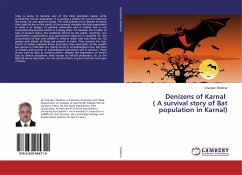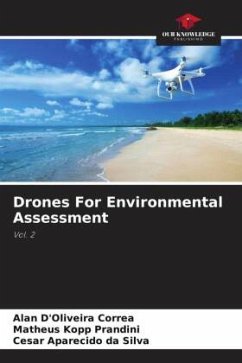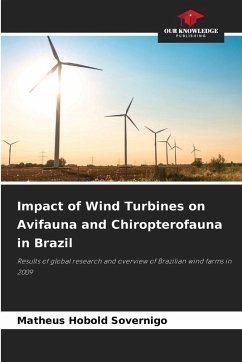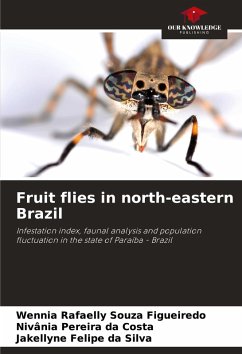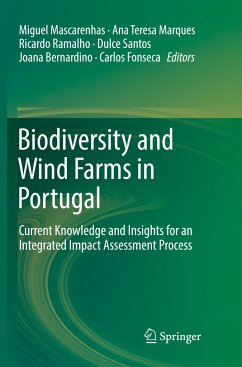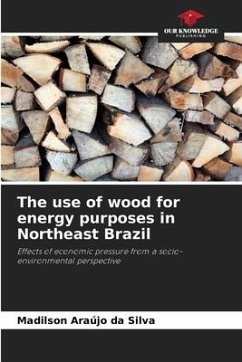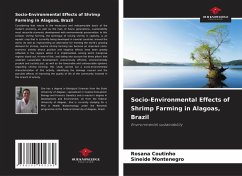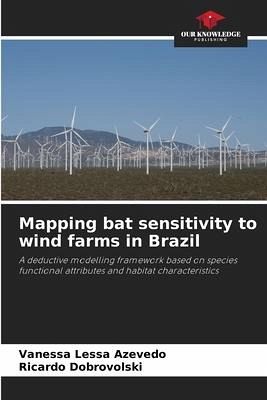
Mapping bat sensitivity to wind farms in Brazil
A deductive modelling framework based on species functional attributes and habitat characteristics
Versandkostenfrei!
Versandfertig in 6-10 Tagen
27,99 €
inkl. MwSt.

PAYBACK Punkte
14 °P sammeln!
The high mortality of bats due to impacts on wind farms has raised concern worldwide. This phenomenon may be even more serious in a megadiverse country with important knowledge gaps like Brazil. In order to create a tool to help reduce this conflict, we generated a map of the sensitivity of bats to the impacts of wind farms and evaluated the areas of conflict in the current and expansion scenarios of this sector. For this, we performed a deductive modelling of habitat suitability that allowed us to refine the information on the distribution of these animals in the country, and we analysed func...
The high mortality of bats due to impacts on wind farms has raised concern worldwide. This phenomenon may be even more serious in a megadiverse country with important knowledge gaps like Brazil. In order to create a tool to help reduce this conflict, we generated a map of the sensitivity of bats to the impacts of wind farms and evaluated the areas of conflict in the current and expansion scenarios of this sector. For this, we performed a deductive modelling of habitat suitability that allowed us to refine the information on the distribution of these animals in the country, and we analysed functional attributes and landscape characteristics that are related to the risk of impact of these developments. In addition, we overlaid the sensitivity mapping with the location of wind farms present in the country and with the areas of wind potential. Our results showed that the Caatinga region deserves special attention in the current scenario.Among the conflict areas we found that 0.5% of the evaluated areas represent sites with high sensitivity and high wind potential.





